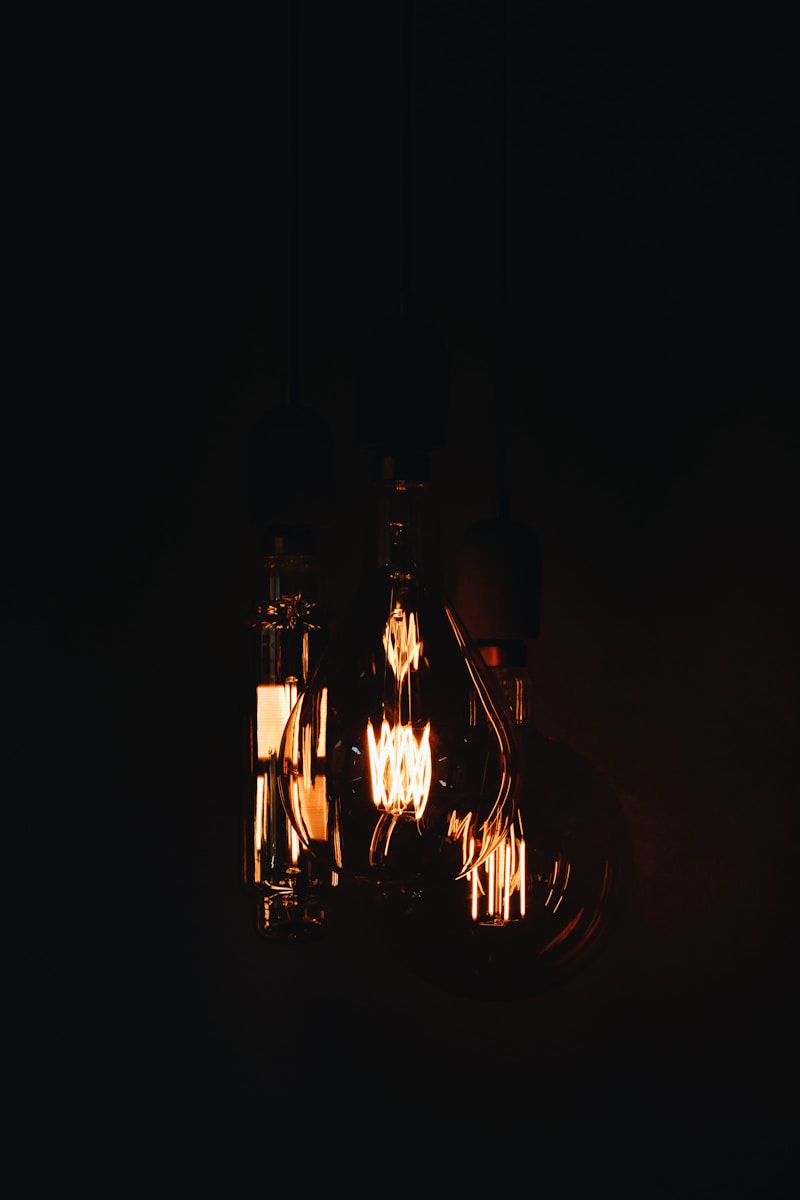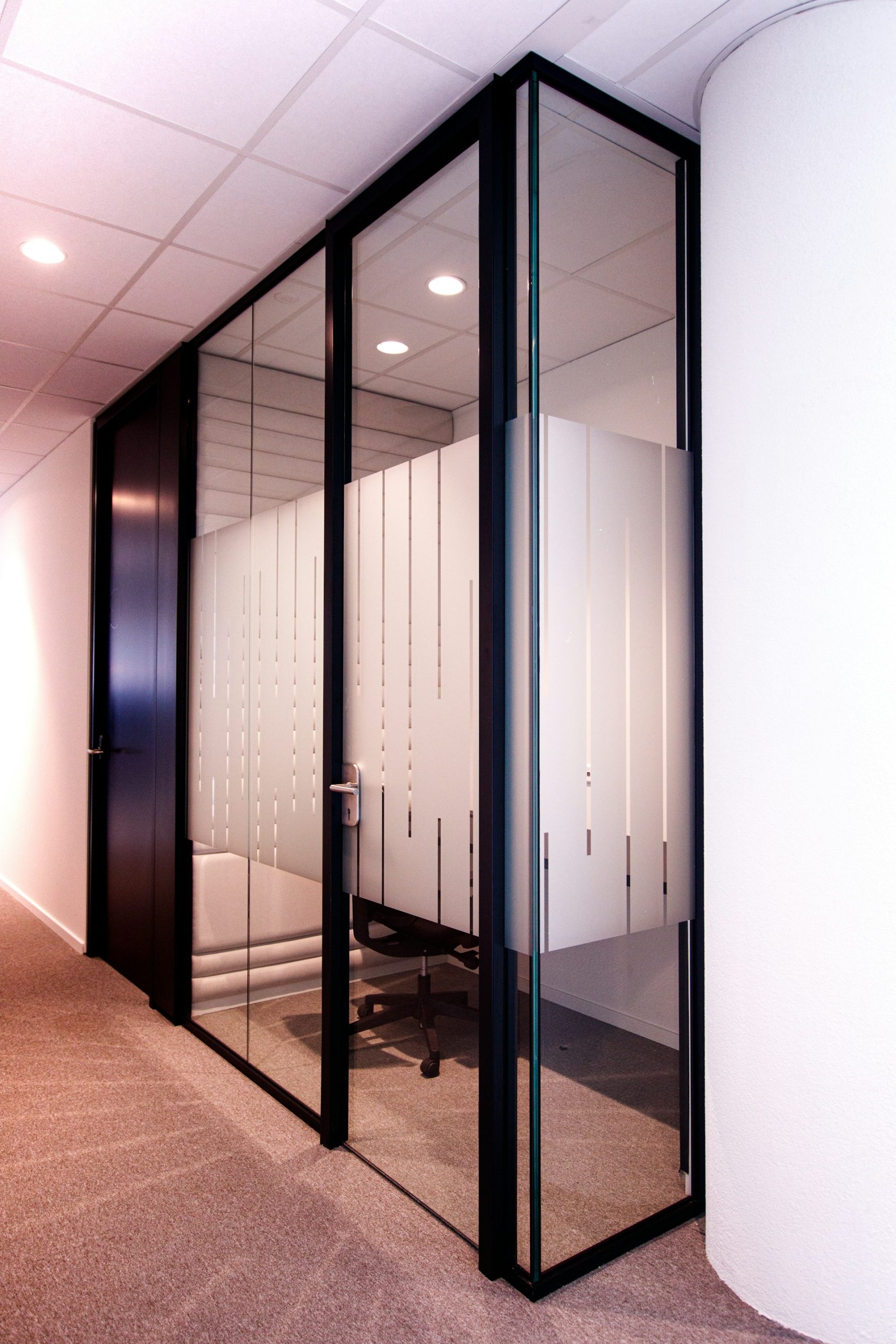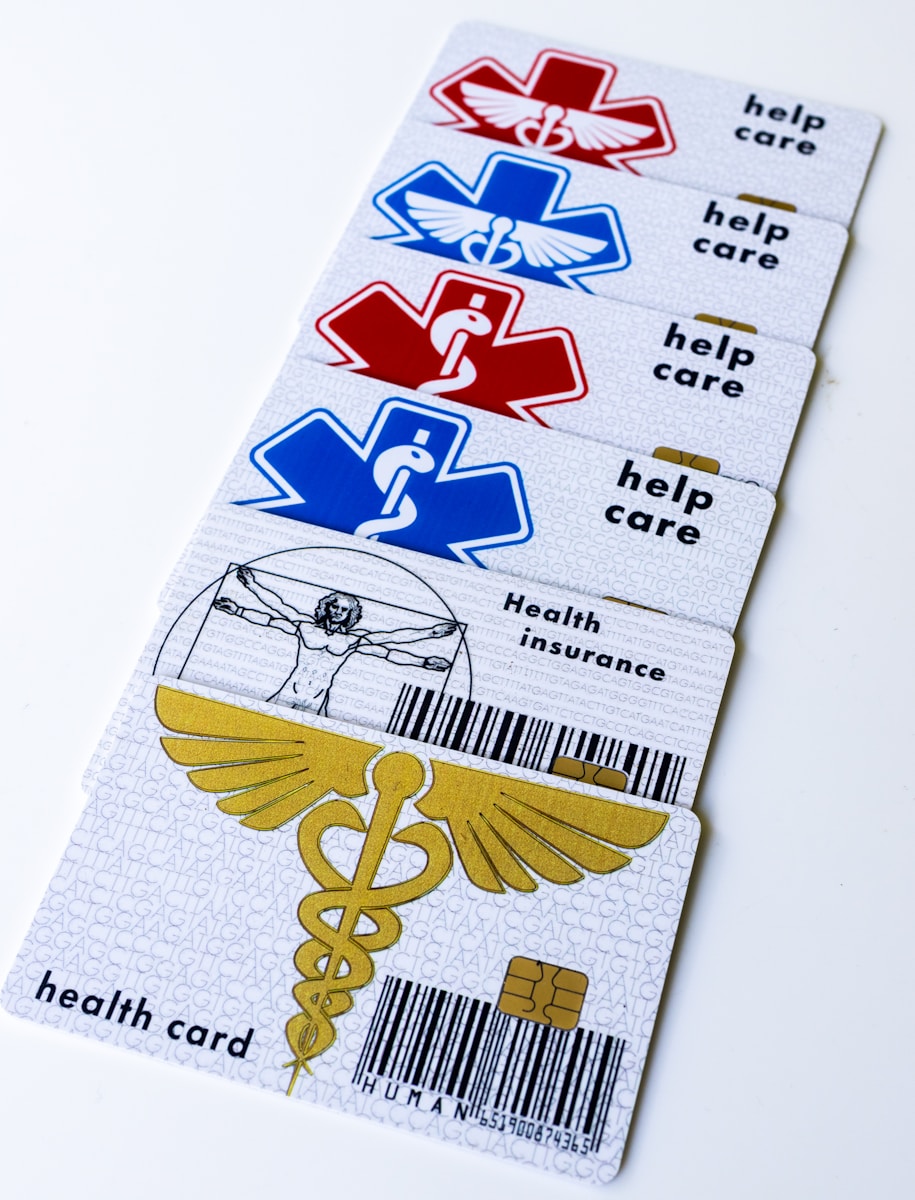Are you still using those old incandescent light bulbs in your home? If you are, it’s time to enter the 21st century, incandescent bulbs went out of style with phone answering machines and box television sets! The new kid on the bulb block is called LED, which stands for light emitting diode, and they are going to give you more light for a lot less money!
If you haven’t made the switch to LED bulbs yet, the time is now! LED bulbs last a lot longer than incandescent bulbs while producing the same amount of light for less because they use considerably less energy. There is one thing to keep in mind, though, some older lamps and light fixtures don’t play well with the new LED bulbs, especially those with dimmer switches! If you want to make the big switch call the professionals at Southside Electrics to come give you a hand, they can make sure all your lights are wired properly for LED, and if they aren’t, they can make them that way!
Today’s LED bulbs might seem a bit more expensive at the check-out stand, but they are well worth it because they will save you a ton on energy bills over time! That makes them the green solution, so you can feel good that you are helping to save the planet every time you turn one on! Not only that, LED bulbs know some tricks that incandescent bulbs could never do, they can change colours as well as brightness, and you can get bulbs that will sync with your smart home’s security system and voice assistant. LEDs are the smart choice, and they are smarter, too!
One thing you will need to get used to is shopping for lumens instead of watts as an indicator of the bulb’s brightness. The old incandescent bulbs used their wattage to tell you how much light the bulb would put out, the larger the wattage, the brighter the tungsten filament inside them would glow. Wattage never was meant to be an indication of brightness, it’s a measurement of how much energy the bulb draws, it just so happened the incandescents roughly correlated, which LEDs do not! For example, an LED bulb with a brightness comparable to a 60-watt incandescent bulb only uses around 12 watts!
There’s a new way to measure brightness now and it’s called the lumen. The lumen is the true indicator of how bright an LED lightbulb will be, it’s the number to look for when you are shopping for them! An incandescent bulb will draw about five times as many watts for the same number of lumens. For example, a 100-watt incandescent bulb and a 20-watt LED bulb will both give you 1600 lumens of light- switching over to LEDs will save you a lot of power!
Another common concern people have when they are making the switch is colour. Incandescent bulbs are known for putting out a yellowish, warm hue, and wee often preferred to the bluish, cold light of neon bulbs. Fortunately, LEDs come in a wide range of colours all across the spectrum from indigo to red, but you’re probably going to want something similar to the incandescent friendly shine for your home. Not surprisingly, soft white (also known as warm white) and bright white (also known as daylight) are the two most popular LED colours available. Soft white and warm white produce a candle-like yellowish glow similar to incandescents, while the bright white or daylight bulbs will give you a brighter, whiter light like daylight, and is popularly used in commercial spaces like retail stores and offices.
Of course, the greatest thing about LEDs is that using them will save you a whole bunch of money. For example, using just one old 60-watt incandescent lightbulb in your home for four hours a day would add about $10 to your annual energy bill. Switching to a 60-watt LED replacement that puts out the same amount of light in lumens will only draw about 8 watts, adding about a $1 to your energy bill over that same year. How many of those bulbs do you have on at a time? It might not sound like much at first, but it definitely adds up! The LED bulbs are also going to produce less heat and have a longer bulb life, they won’t burn out after just a year like an incandescent would. So, welcome to the 21st century, LED bulbs are here to light your way!







